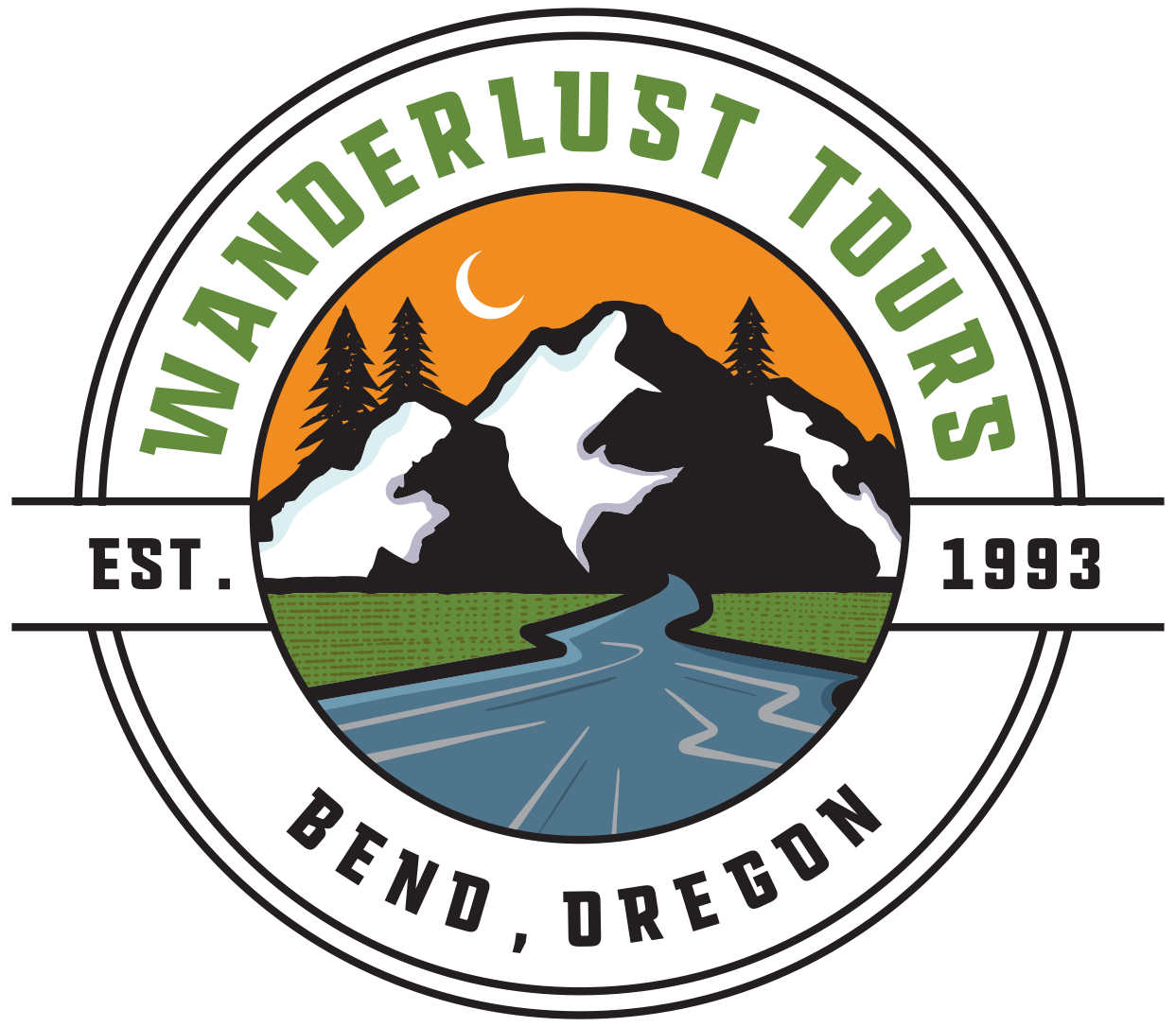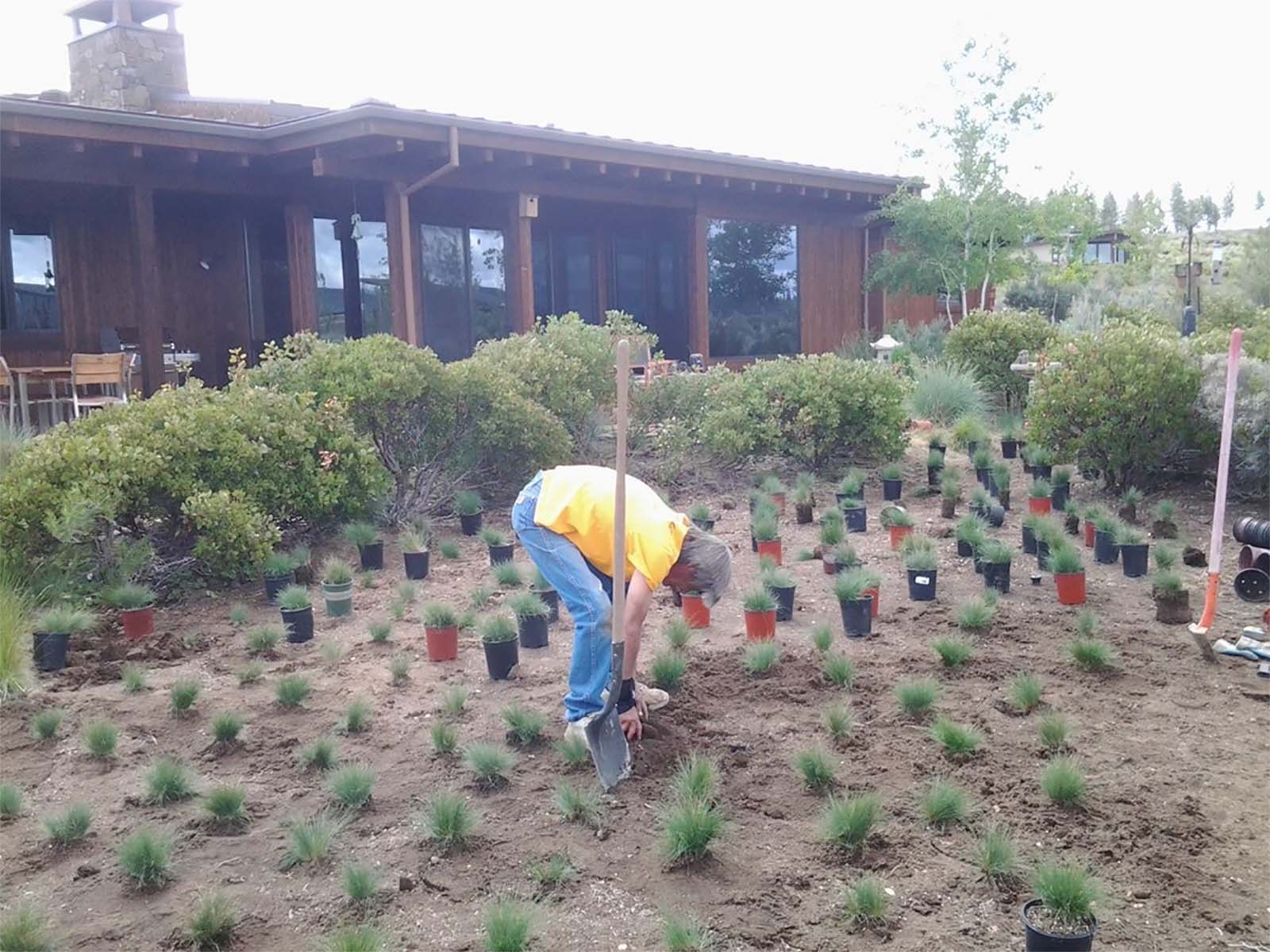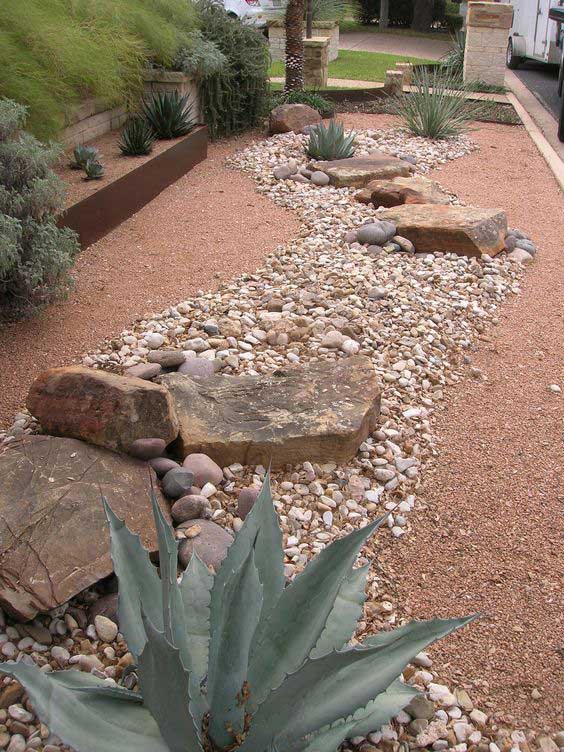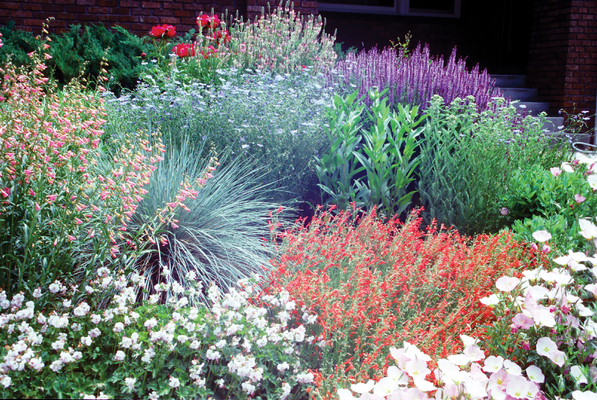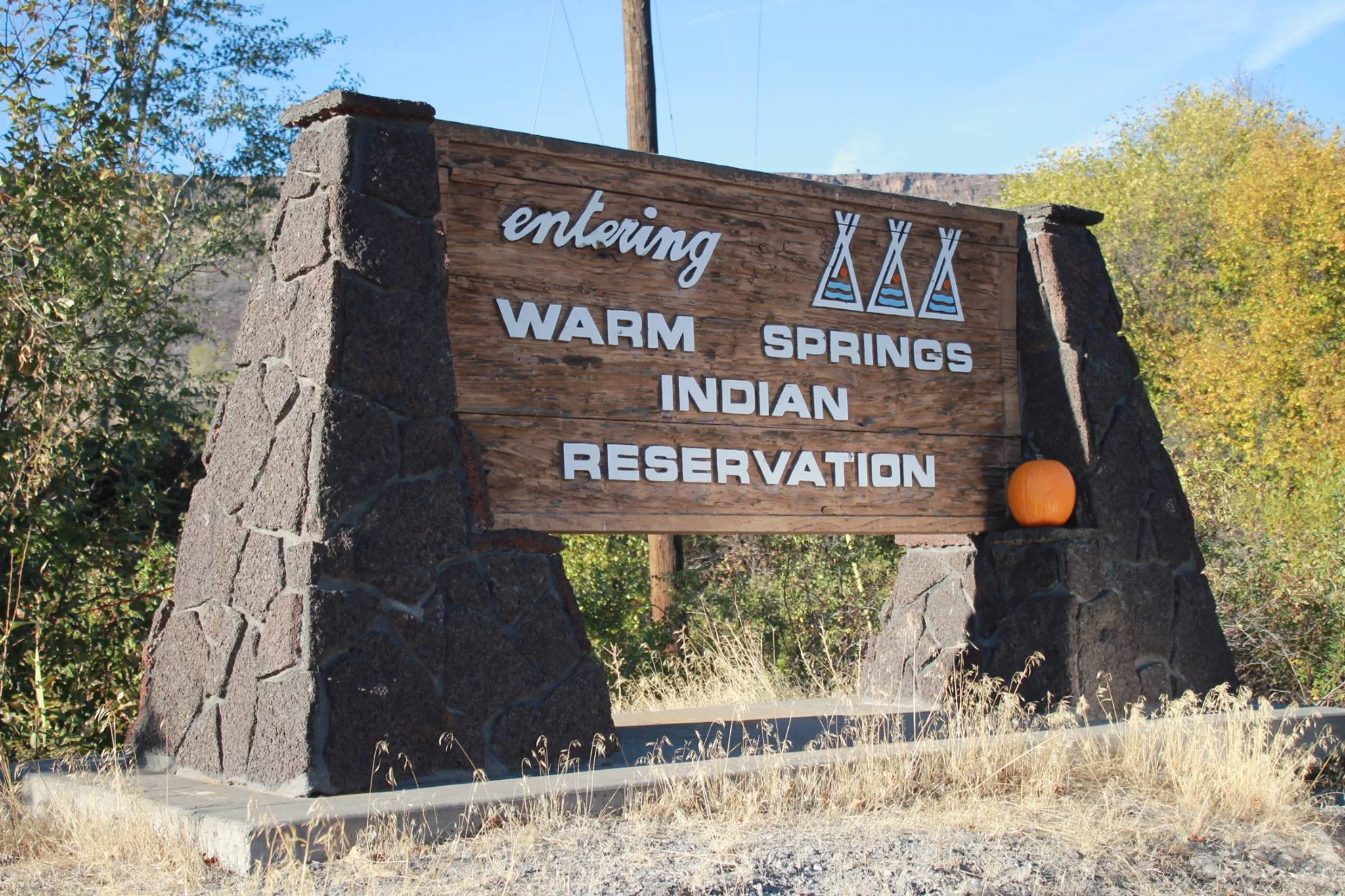This week is all about gratitude— well, gratitude, and eating delicious food with loved ones, of course!
This Thanksgiving weekend we’ll be running all of our available tours (psst… caving is a great family activity!) and sharing our love of the natural world with families on their holiday breaks. Fun fact: we’re expecting snow this weekend, so we might even strap on some shoes!
What are you most grateful for this Thanksgiving? We’re grateful that we get to be creative, think up special events for folks in the Bend, Oregon area, and play outside all day, every day.
What else are we grateful for? Well, a whole lot. Check out what our naturalist guides are saying about Thanksgiving:
The Wanderlust Tours staff on the Cascade Lakes Cleanup!
“I’m thankful for the opportunity to be surrounded by supportive friends and family!” — Bethany
Group shot of snowshoe guests enjoying some sunshine in Bend’s beautiful forests!
“I am thankful for all the people who spend time with Wanderlust Tours! This includes our guests, staff members, and our local partners.” — Dave
We partner with excellent local breweries, cideries, and distilleries to bring you tours like the Local Pour and Bend Brew Bus!
“I’m thankful for community, health, clean water, and space to roam.” — Danny
“I'm thankful for people working hard all over the world to protect our wild and natural places!” — James
The staff near Waldport, OR for the autumn retreat.
“I’m grateful that I have so many creative, passionate, conscientious people in my life!” — Brooke
Survivorman Les Stroud performing in a cave for last summer’s Art in Nature series. Check out our upcoming Art in Nature event with Bend Camerata!
“I am thankful to live in a state with such expansive public lands!” — Jeff
We love leading our special event tours from our office in Bend, Oregon! We especially love heading out to Crater Lake: Oregon’s National Park!
Remember to have fun outside with your family this weekend! And Happy Thanksgiving from Wanderlust Tours staff. Stay tuned for our Winter Break activities and events happening in and around Bend, Oregon!
